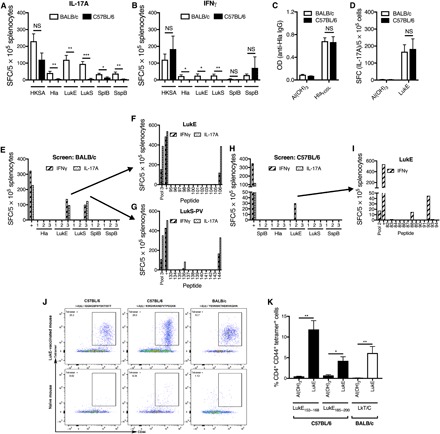Fig. 2. Distinct leukotoxin epitopes drove protective T cell responses in BALB/c and C57BL/6 mice.

(A) Infection of BALB/c mice resulted in stronger IL-17A responses by ELISpot against LukE and LukS-PV, compared with C57BL/6 mice. There were also stronger responses against Hla, SplB, and SspB in BALB/c mice, but the magnitude of the differences was less. (B) Infection also resulted in stronger IFNγ responses in BALB/c mice for Hla, LukE, and LukS-PV, although the overall responses were weak (six mice per group, pooled from two experiments; HKSA, heat-killed S. aureus). Following vaccination with HlaH35L or LukE, there were comparably strong anti-Hla antibody (C) and anti-LukE IL-17A (D) responses, respectively, in BALB/c and C57BL/6 mice (four mice per group from one representative experiment). (E) Screening of two to three peptide pools from each of the five sae-regulated antigens revealed one pool each from LukE and LukS-PV that elicited strong responses by ELISpot (pool no. 3 for each). (F and G) Deconvolution of these pools identified a conserved immunogenic epitope (designated “LkT/C”) in LukE [(C) no. 106] and LukS-PV [(D) no. 144] (three mice per group from one representative experiment). (H) Screening of peptide pools in LukE-vaccinated C57BL/6 mice revealed one pool that elicited strong responses (pool no. 2). (I) Deconvolution of this pool identified two distinct immunogenic epitopes (no. 88 and no. 92) (three mice per group from one representative experiment). “+” indicates concanavalin A, a positive control. (J and K) Validation of class II pMHC tetramers. Splenocytes and draining lymph nodes from LukE-vaccinated C57BL/6 or BALB/c mice were isolated and stained with one of three PE-conjugated tetramers, followed by enrichment using anti-PE microbeads and magnetic columns. (K) Compared with control mice, LukE-vaccinated mice had large populations of tetramer+ CD44+ CD4+ T cells (three to five mice per group pooled from two experiments). Results were compared with Student’s t test. Data are presented as means ± SEM. *P < 0.05; **P < 0.01; ***P < 0.001.
